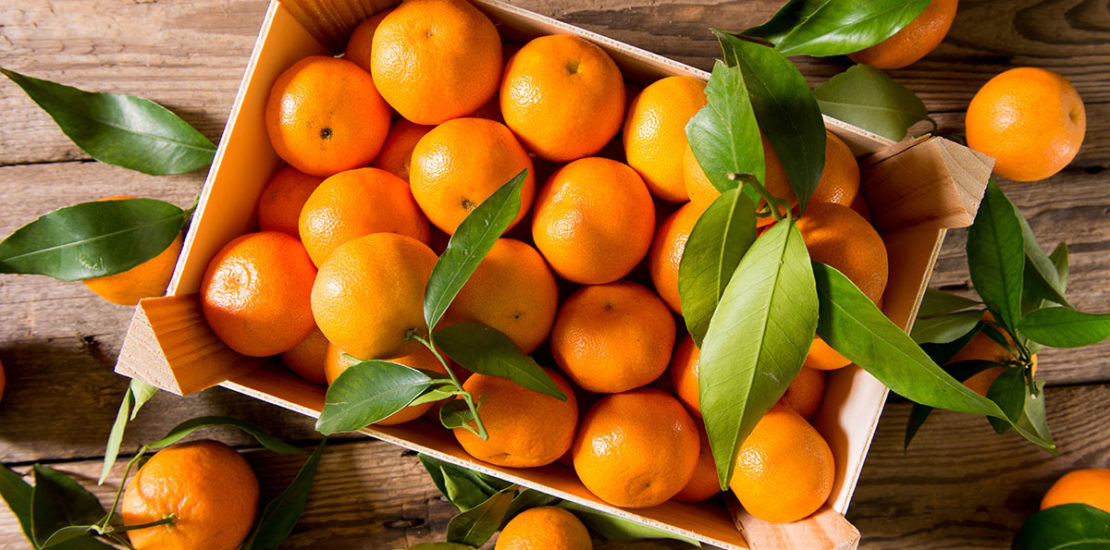- 13 April 2022
- Posted by: inmentor
- Category: blog

Usually, the tool per excellence to protect an invention is represented by the patent. However, such protection is not always possible because not all inventions are patentable. For example, both the Spanish Patent Law (Art. 5 Law 24/2015, of July 24, on Patents) and the European Patent Convention (Art. 53 EPC), exclude innovations in plant varieties from patentability (except for some specific case that we will not go into).
The main reason why for such exclusion is because of the existence of a specific Plant variety right (hereinafter, PVRs), specifically tailored to protect new plant varieties, that is, a precisely defined group of plants, selected from a species and with a common set of characteristics.
To be suitable for protection there are three requirements to be fulfil: PVRs can be obtained for plant varieties that are distinct (distinguishable from any existing variety by at least one characteristic), uniform (in their characteristics) and stable (stably reproduces from one generation to another). After grant, the PVRs lasts for 25 and in the case of varieties of vine and tree species 30 years.
The protection of PVRs at European level is administered by the Community Plant Variety Office (CPVO) under the Community Plant Variety Regulation 2100/94 (hereinafter, Basic Regulation). Although the Basic Regulation is one of the oldest pieces of EU IP law still in force, it does not happen often that the Court of Justice of the European Union (CJEU) issues a judgment.
However, on 19 December 2019 the CJEU published the landmark ruling C-176/18 Club de Variedades Vegetales Protegidas vs Adolfo Juan Martínez Sanchís also known as “the Nadorcott case”.
On 22 August 1995, Club of Protected Plant Varieties o Club de Variedades Vegetales Protegidas (hereinafter, CVVP) – a Spanish organisation in charge of the varietal management of certain protected varieties in Spain and Portugal – applied for a Community Plant Variety Right (hereinafter, CPVR) in respect of the Mandarin tree variety “Nadorcott”.
The CPVR was originally granted by the Community Plant Variety Office (hereinafter CPVO) on 4 October 2004. The decision on the grant was then appealed with suspensive effect, but this was later dismissed by a decision published on 15 February 2006, so that the final date of grant was 15 February 2006.
In the meantime, between the filing of the CPVR and its grant (called “provisional period” set forth by Article 95 of the Basic Regulation), a Spanish farmer named Mr. Sanchís purchased several plants from a public nursery, planted them, harvested the fruits and sold them.
Mr Sanchís was sued by the CVVP, the right holder’s licensee for infringement of the Nadorcott PVR. The litigation ended up before the Spanish Tribunal Supremo (Supreme Court) who sought a preliminary ruling by the Court of Justice of the European Union (hereinafter, CJEU), basically submitting the following questions:
- whether growers who plant trees of a protected variety and harvest the fruit thereof, require the authorisation of the title holder of such protected variety pursuant to Article 13(2) and/or (3) of the Basic Regulation (Questions 1 and 2).
- Is there an infringement of Article 13(2) and/or (3) of the Basic Regulation when the planting of trees takes place before the grant of the plant variety right, but after the publication of the application for such right? (Question 3)
In summary, the underlying issues put forth by the Spanish Court is the distinction between Art. 13(2) and 13(3). Art. 13(2) sets forth a list of acts that are prohibited without the authorization of the right holder, inter alia, the production, reproduction, conditioning, offering for sale, selling, etc. of variety constituents or harvested material. However, Art. 13(3) adds the caveat that this applies to harvested material only if: (1) it “was obtained through the unauthorized use of variety constituents”; and (2) “unless the holder has had reasonable opportunity to exercise his right in relation to the said variety constituents”.
Hence, the CJEU applied the so-called “cascade-protection” system which differentiates between variety constituents and harvested material and awards primary protection to the first and secondary protection to the later.
In the case at hand, the CJEU held that the planting of Nadorcott’s trees and the harvesting of its fruits cannot be regarded as an “act of production or reproduction (multiplication)” of variety constituents (Article 13(2)(a)), but rather as the production of harvested material (Article 13(3)). Therefore, no authorization from the right holder is required.
Regarding the third question, the CJEU stated that the acts conducted by Mr. Sanchís during the provisional period of protection cannot be regarded as “unauthorized use” within the meaning of Article 13(3), because no obligation of prior authorisation was due in the first place. The title holder may assert his/her rights following the grant of a CPVR onwards, contrary to European patents were protection is afforded from the application.
Consequently, there is no infringement, however, the right holder under Article 95 of the Basic Regulation can claim for adequate compensation.
In conclusion, it seems that the ruling of the CJEU in the Nadorcott case provides clarification regarding the scope of protection for right holders during the often lengthy period after a CPVR application has been filed but prior to its grant.

